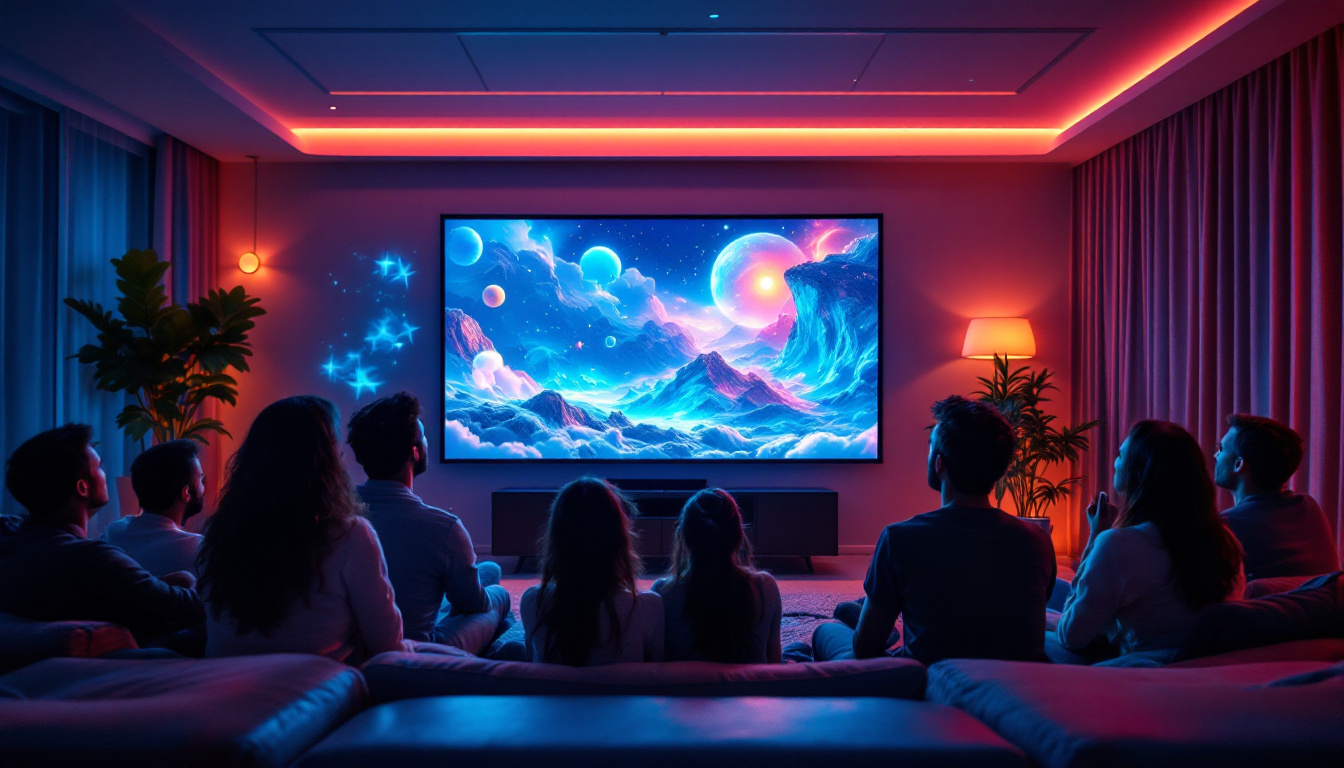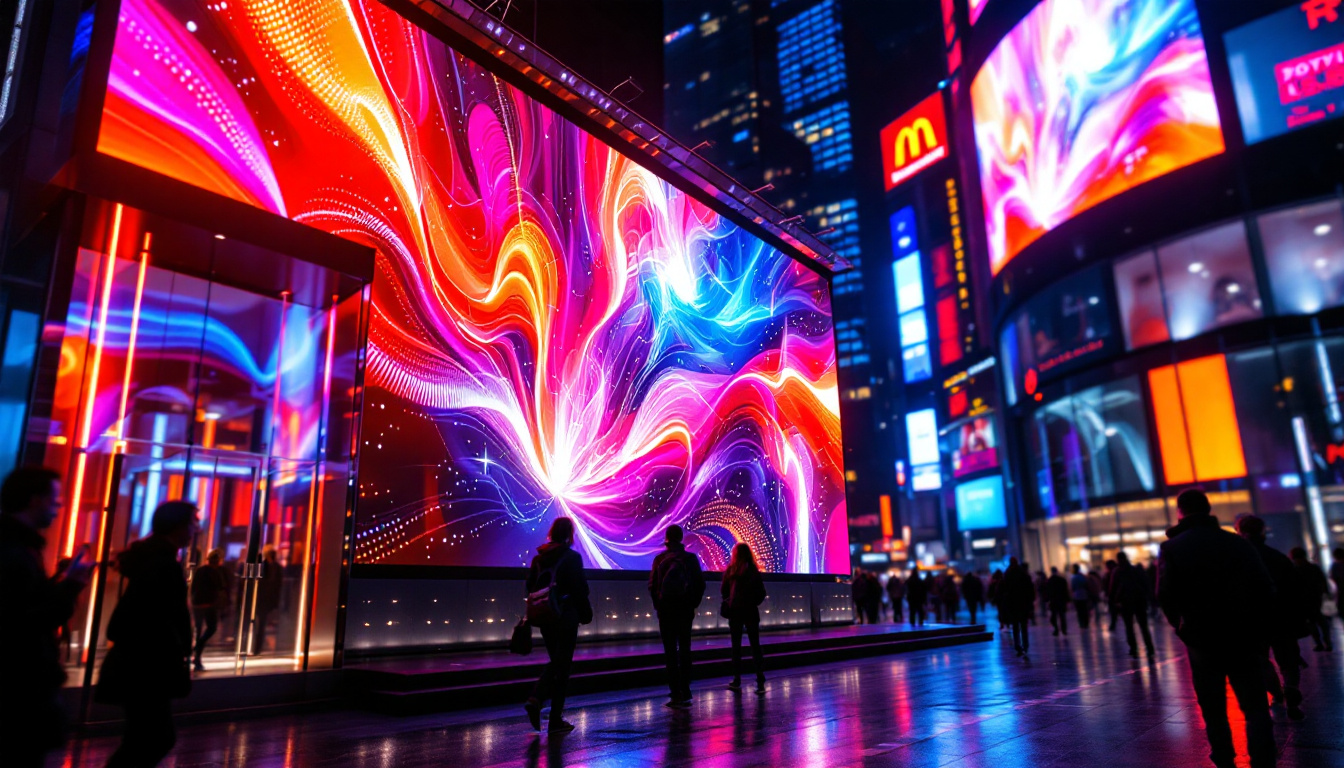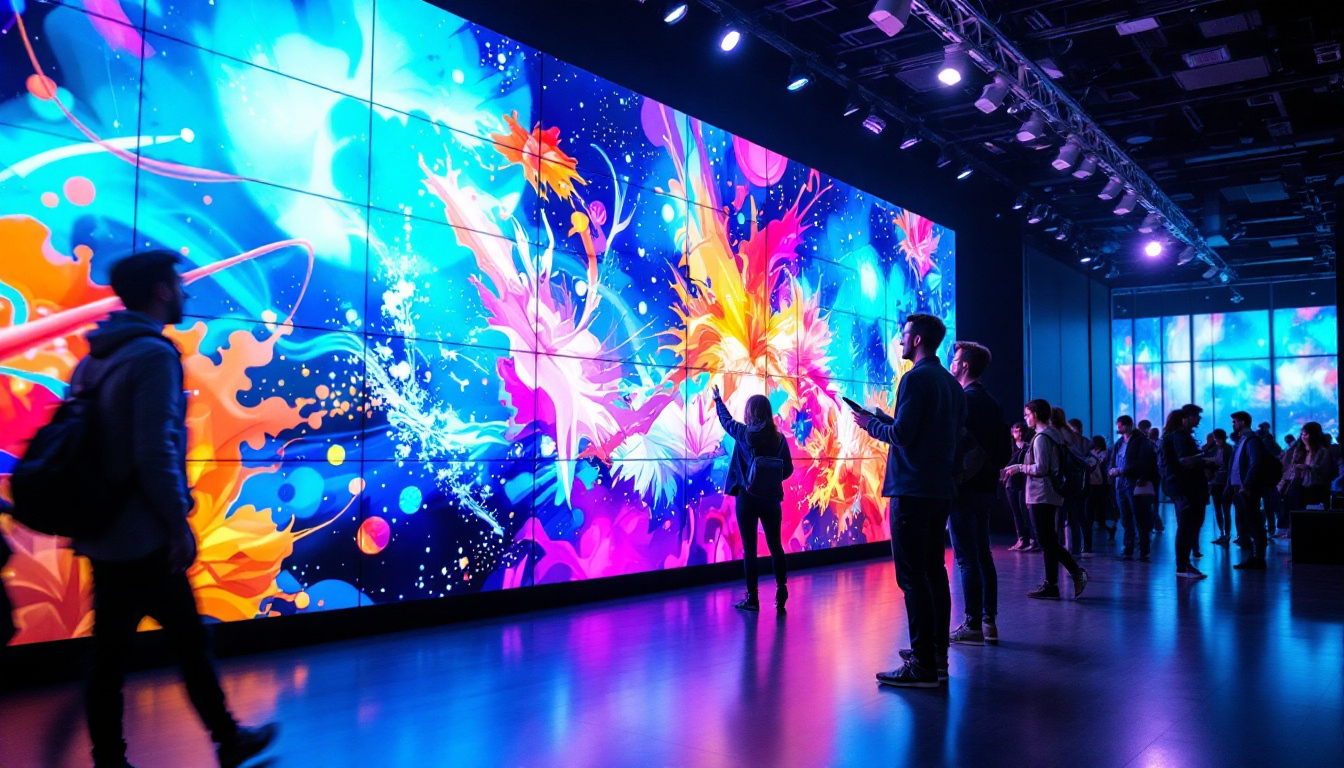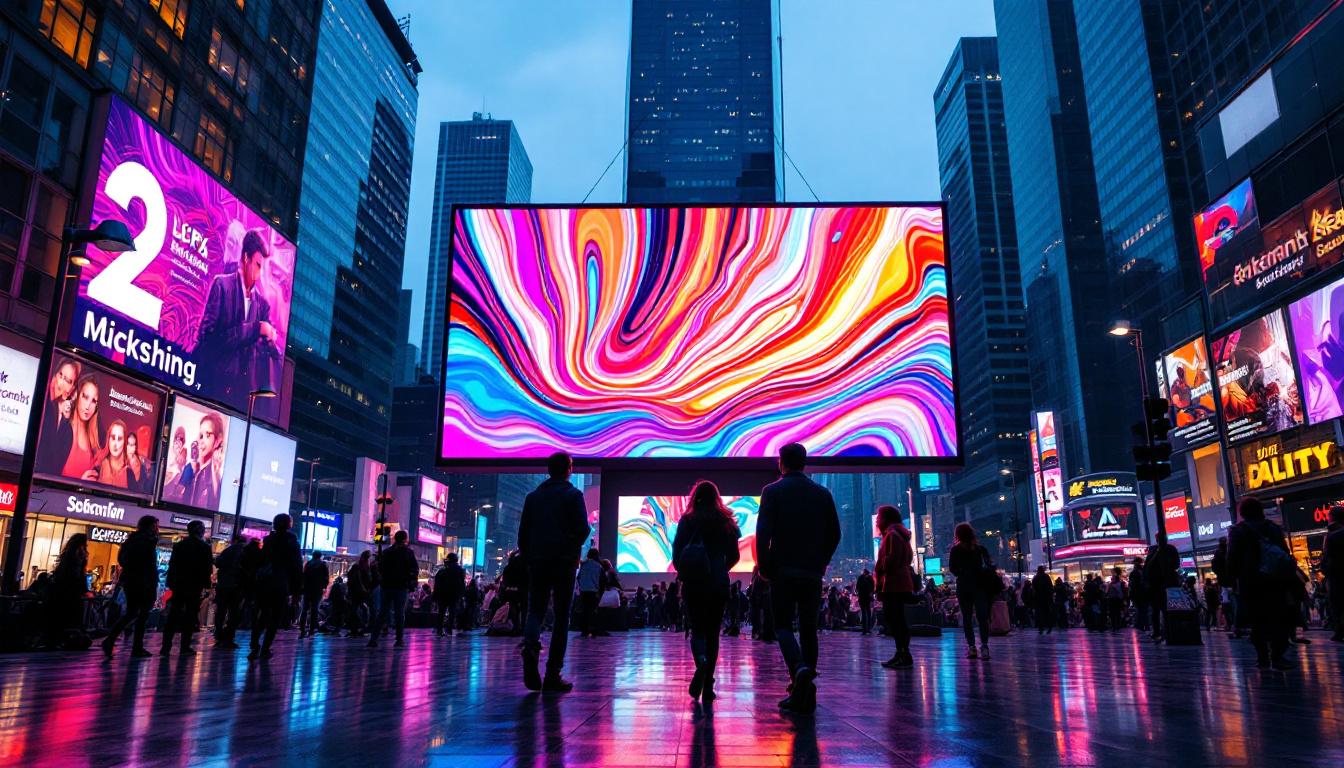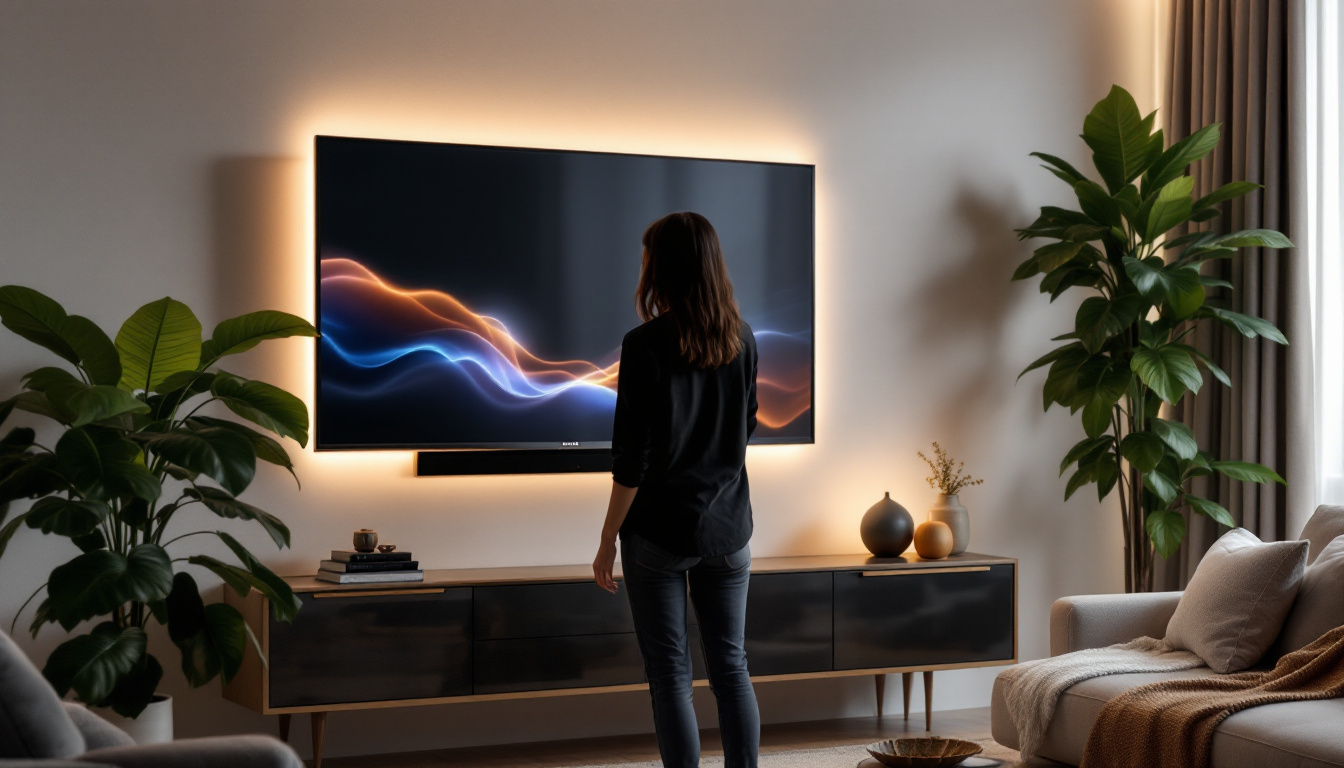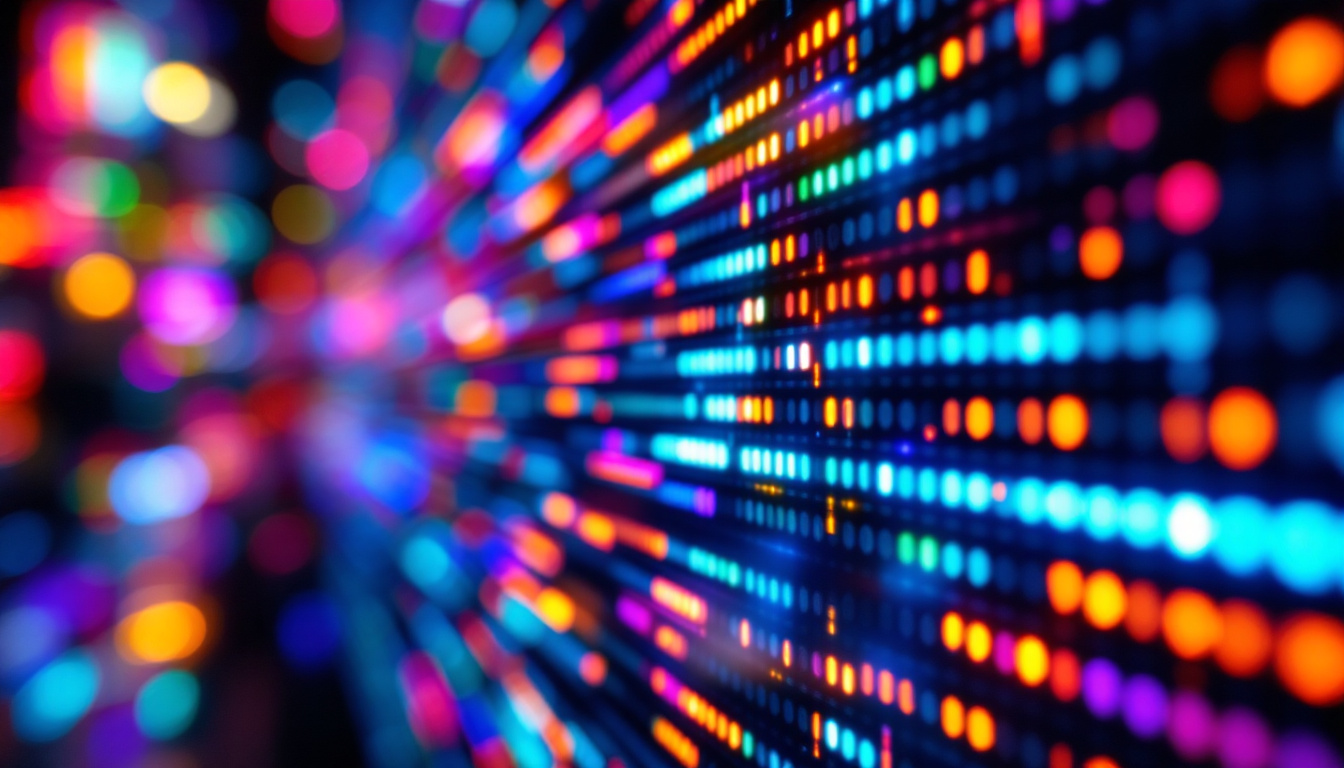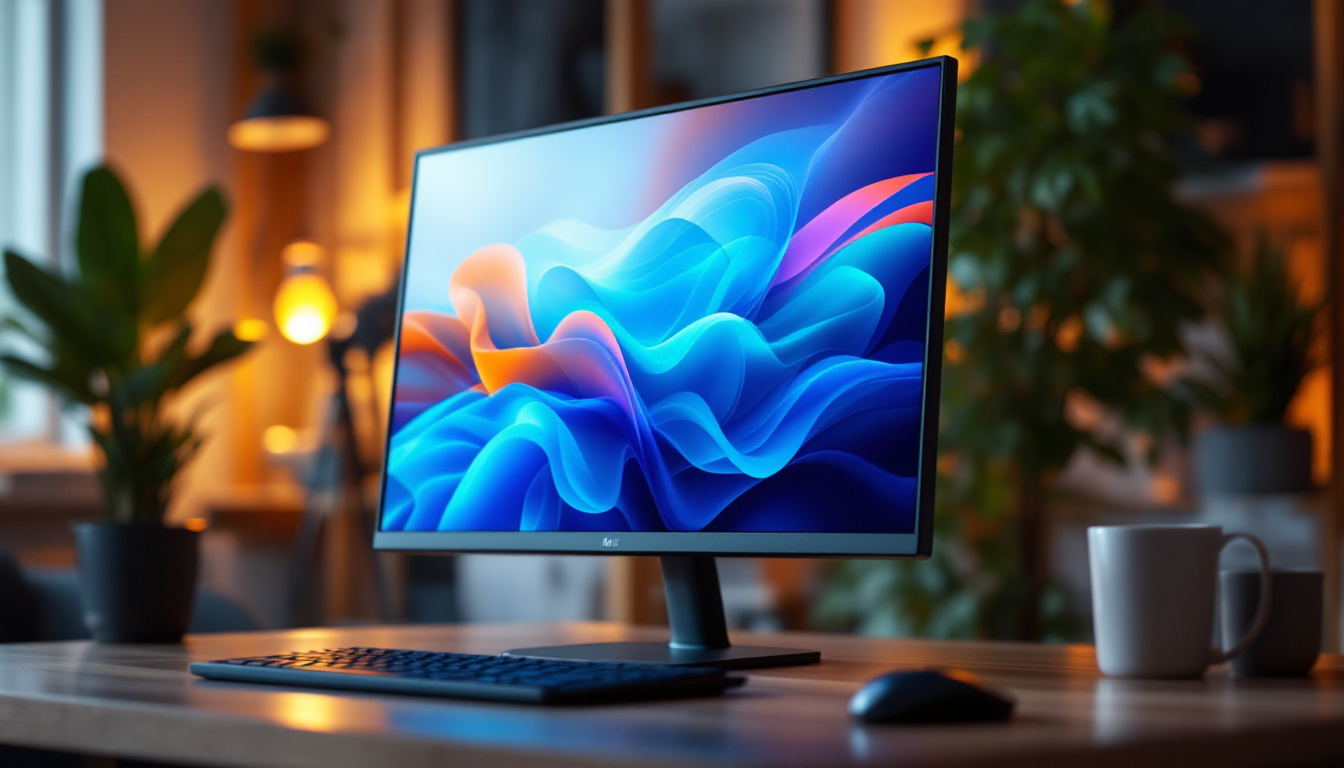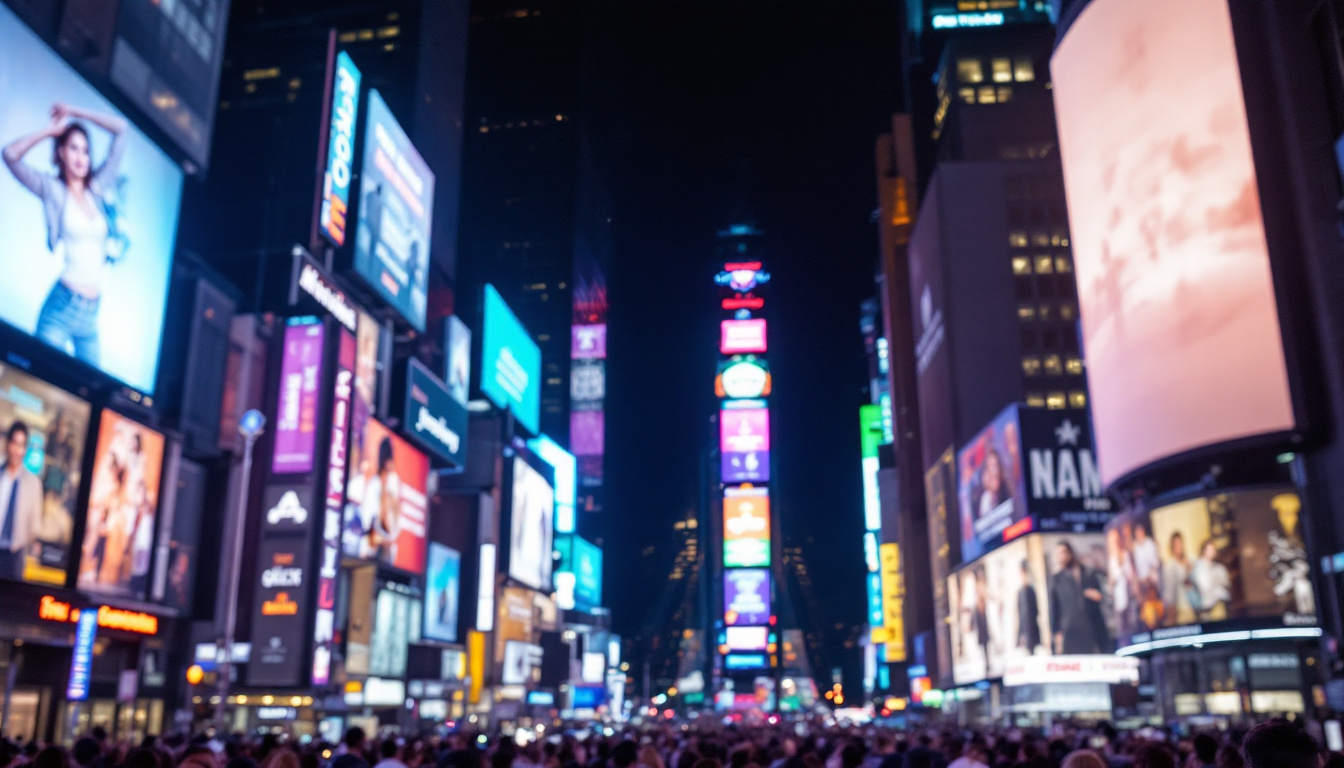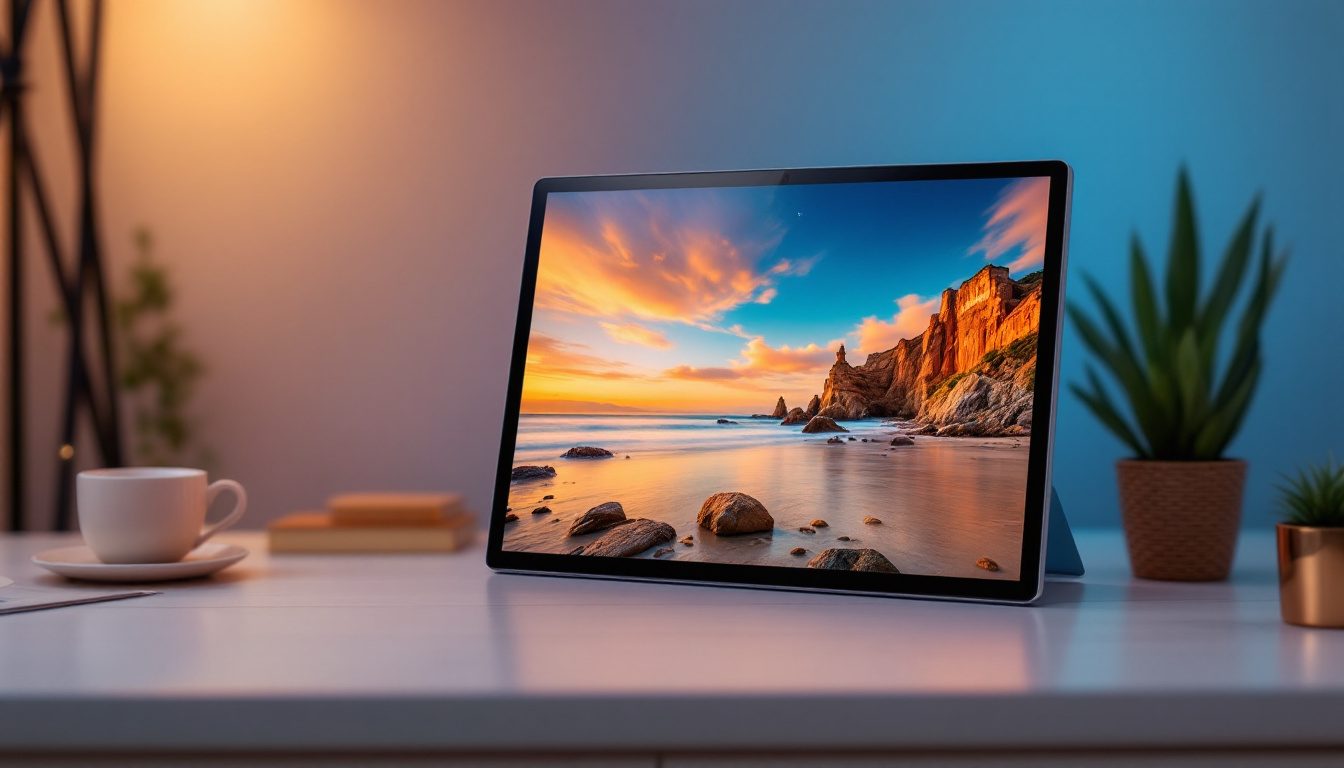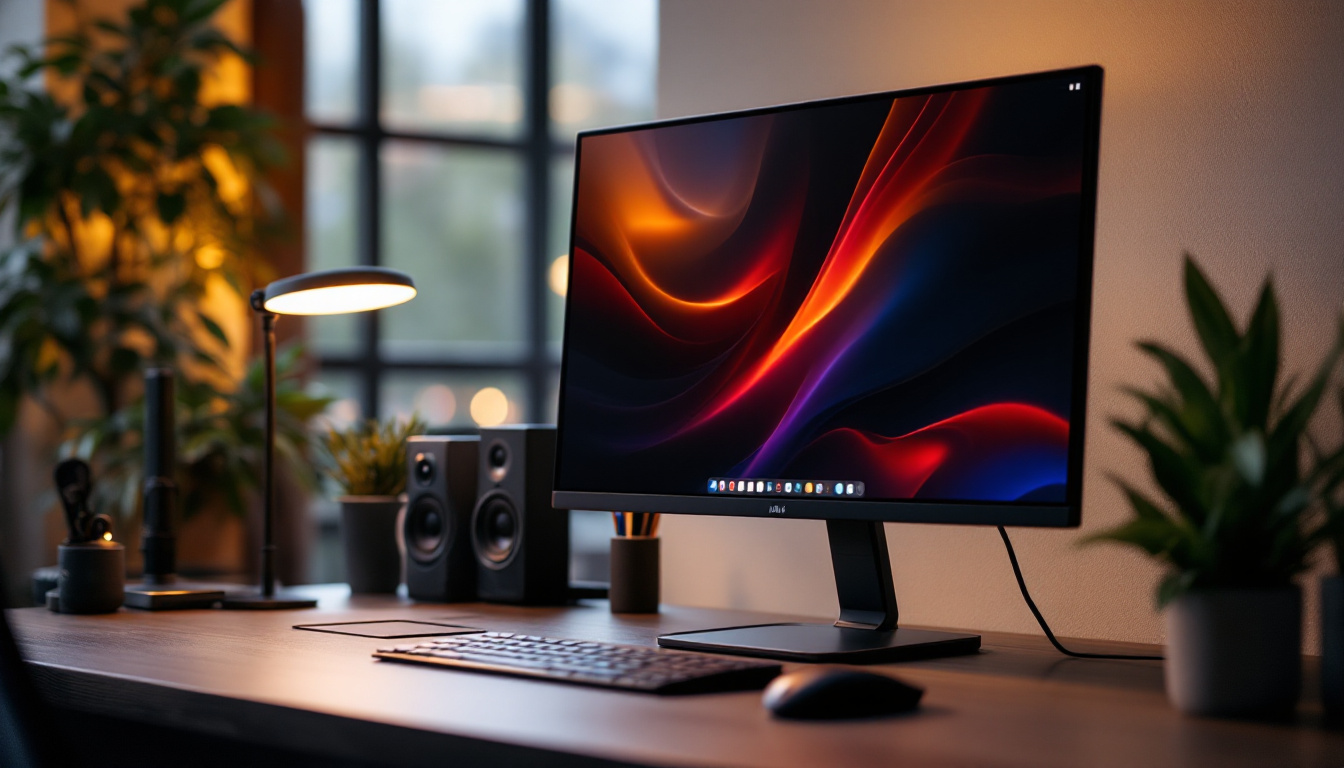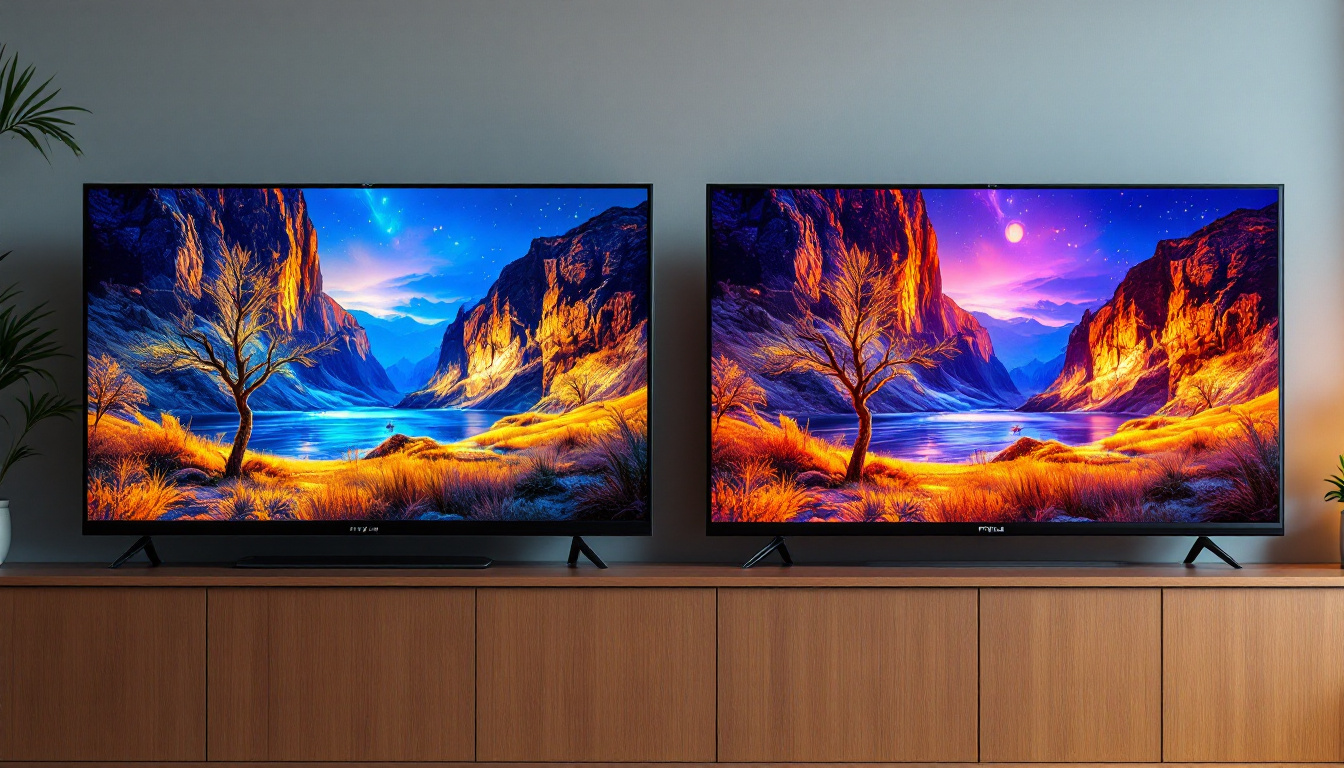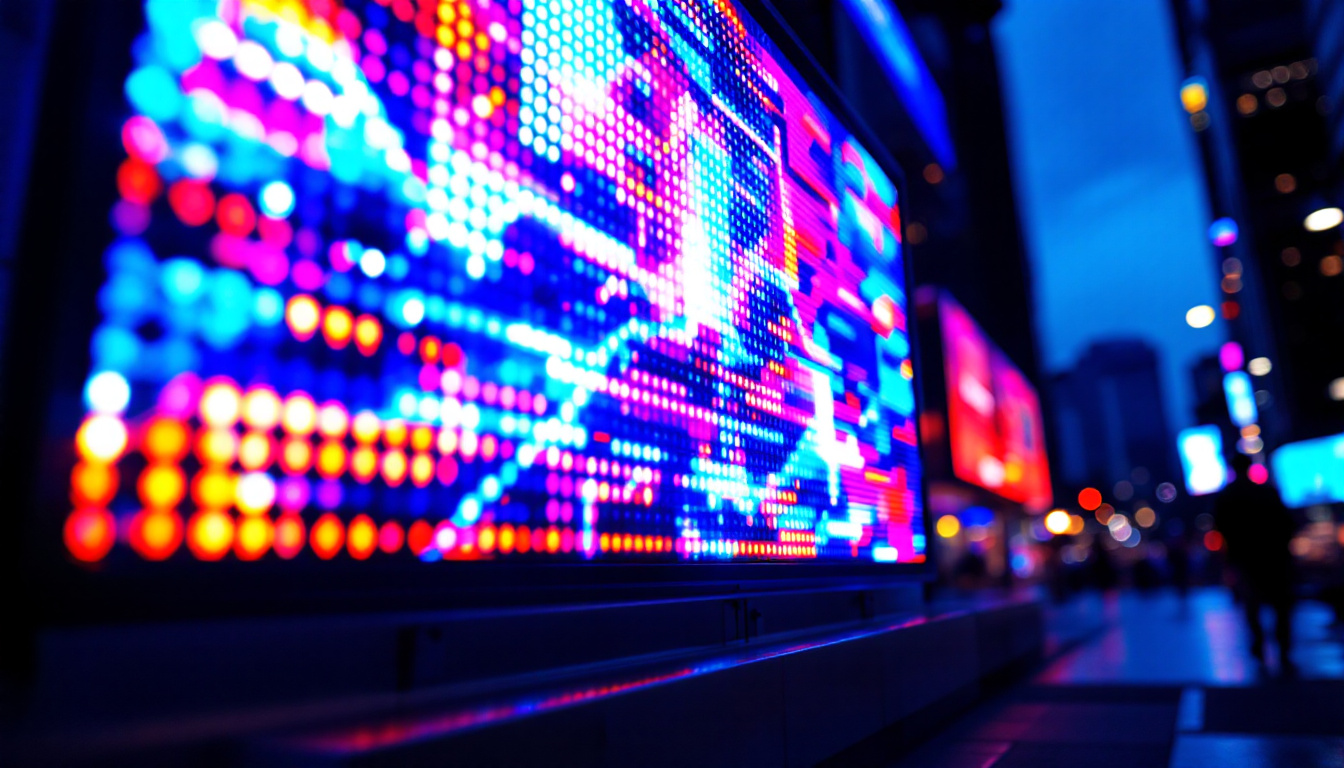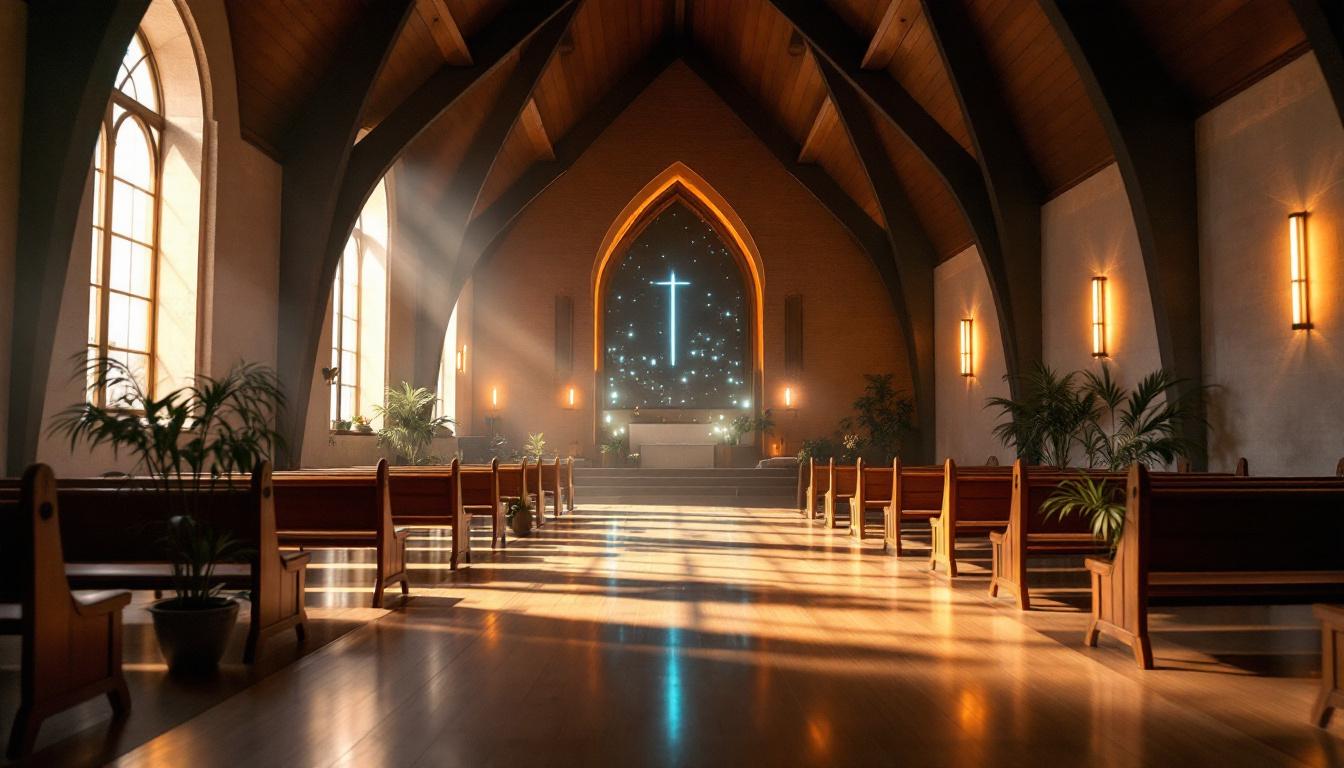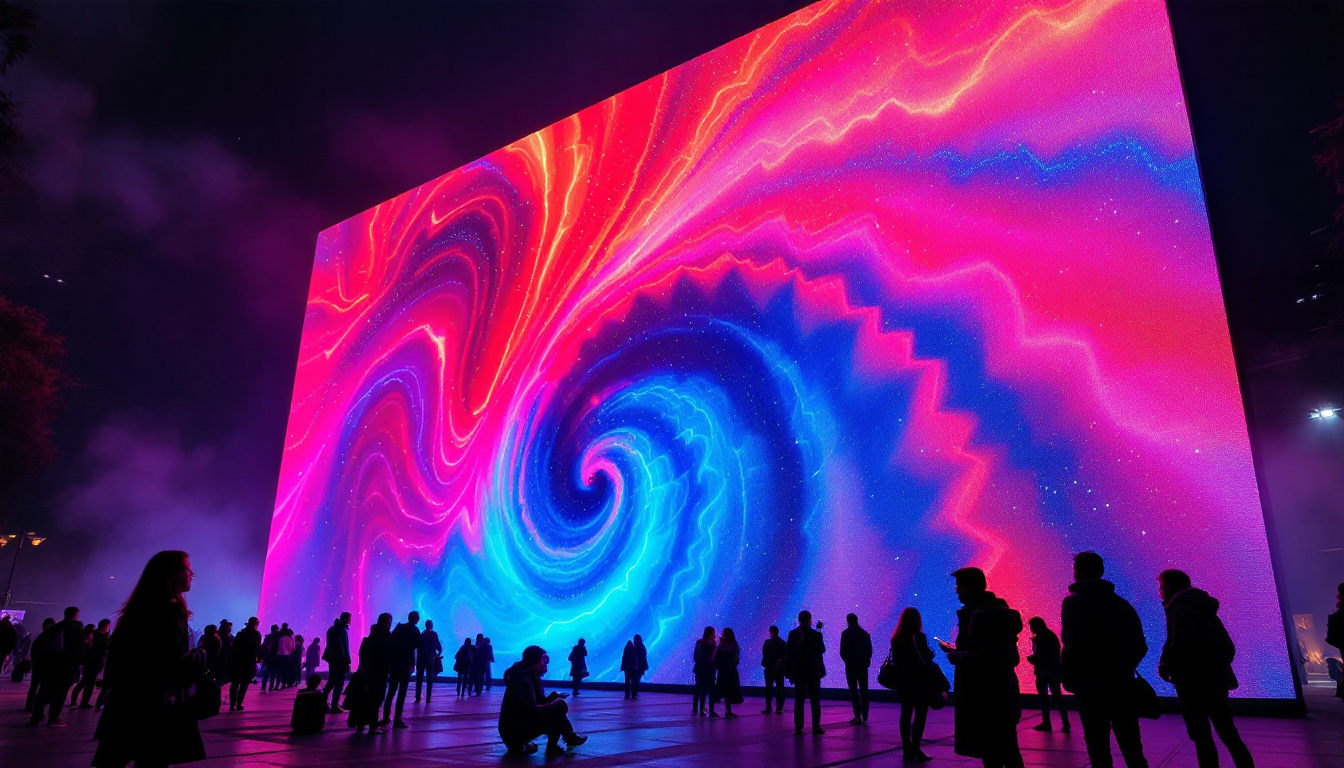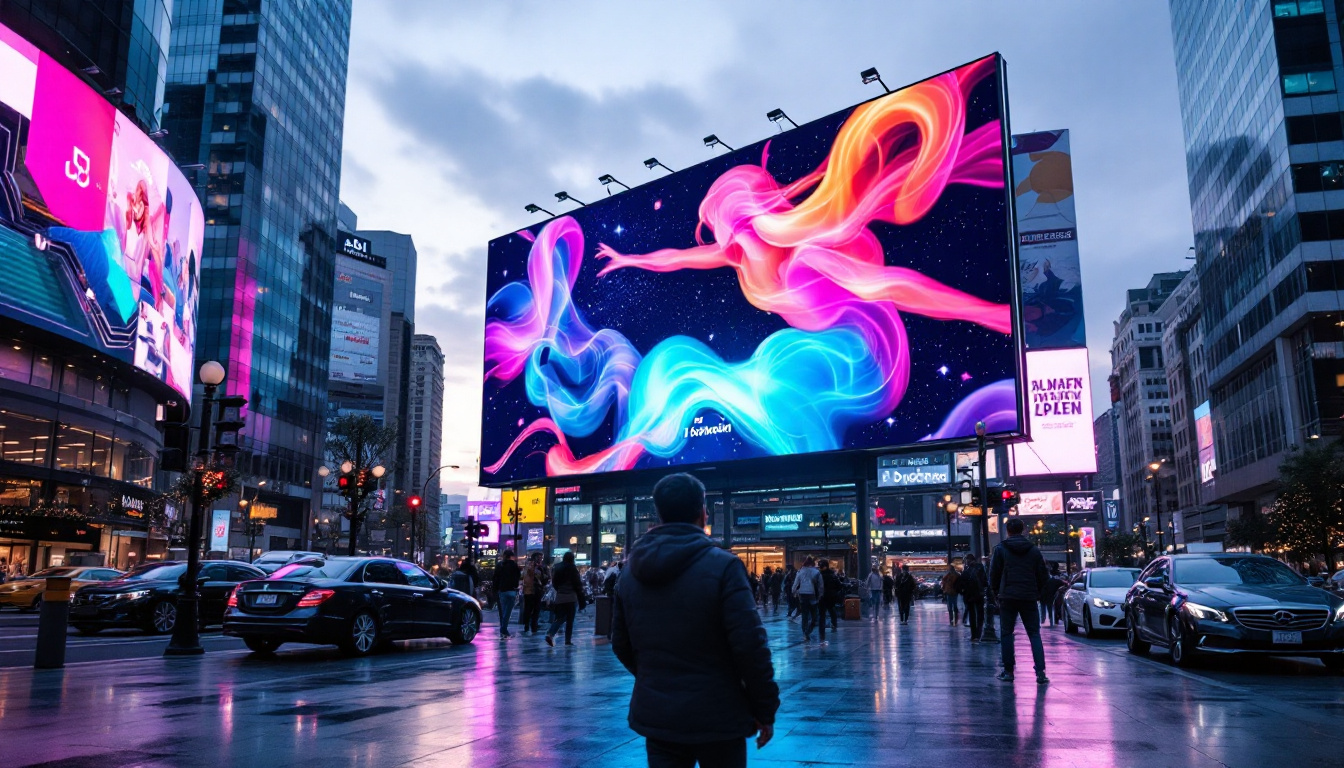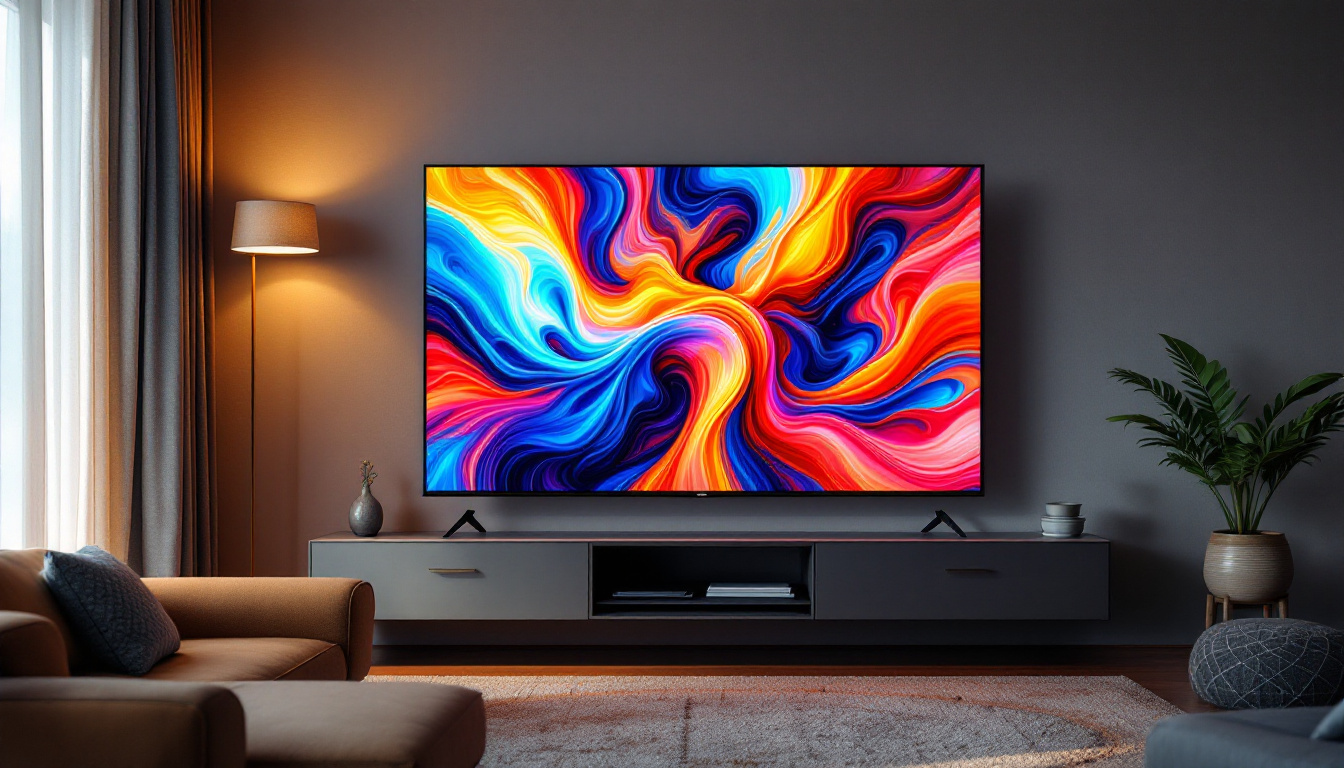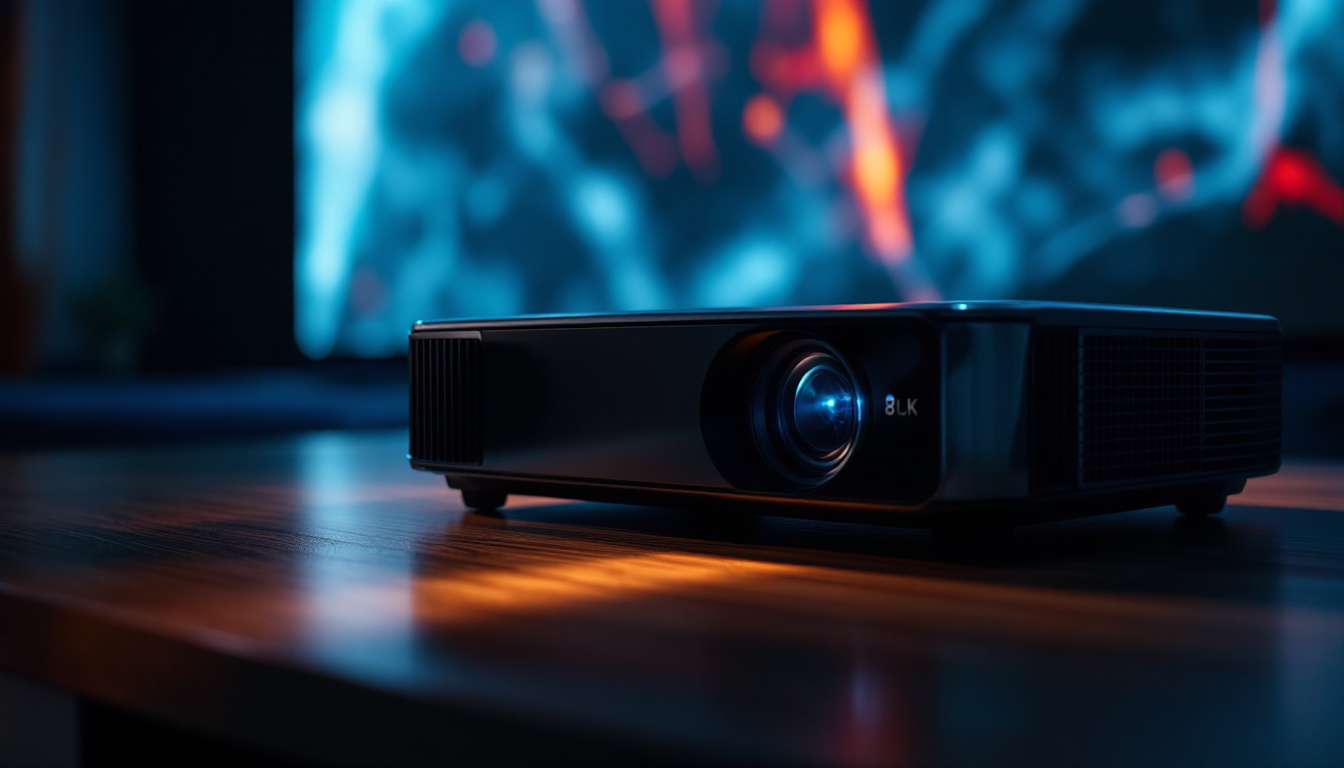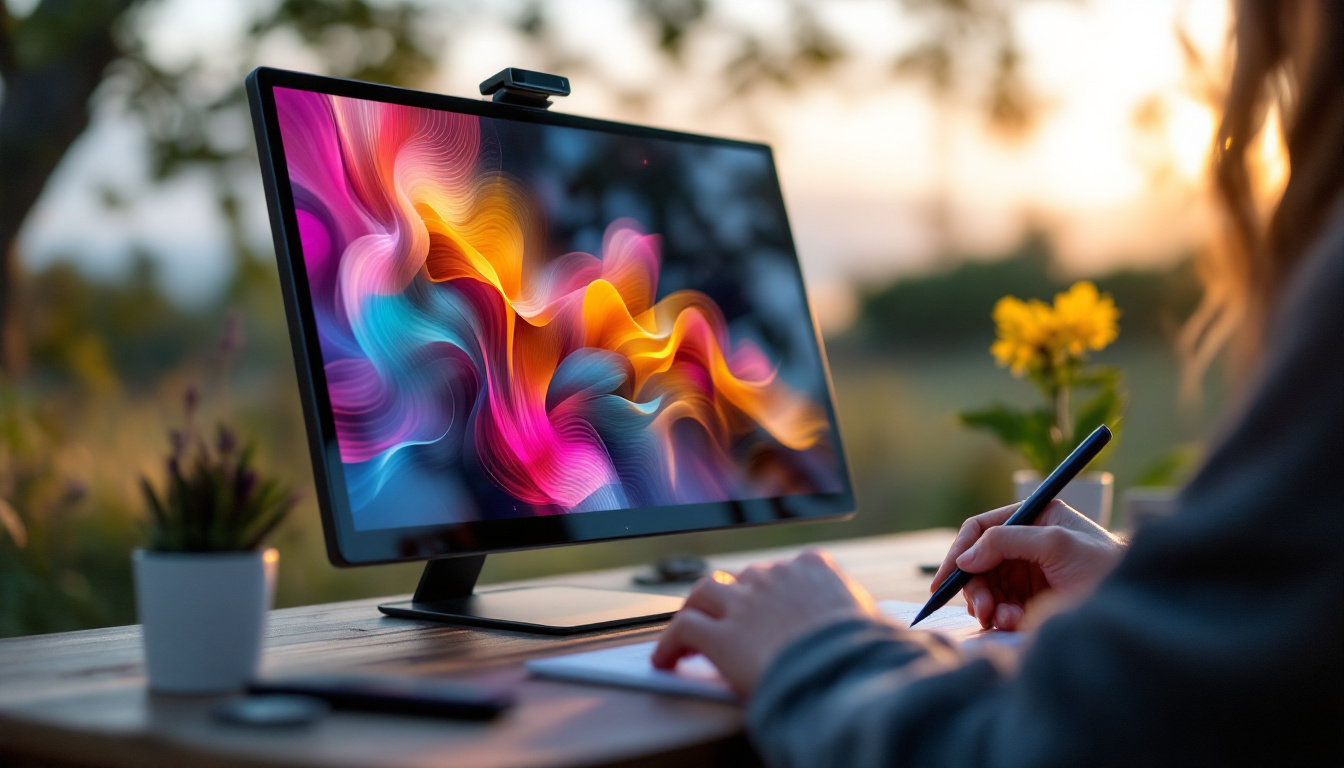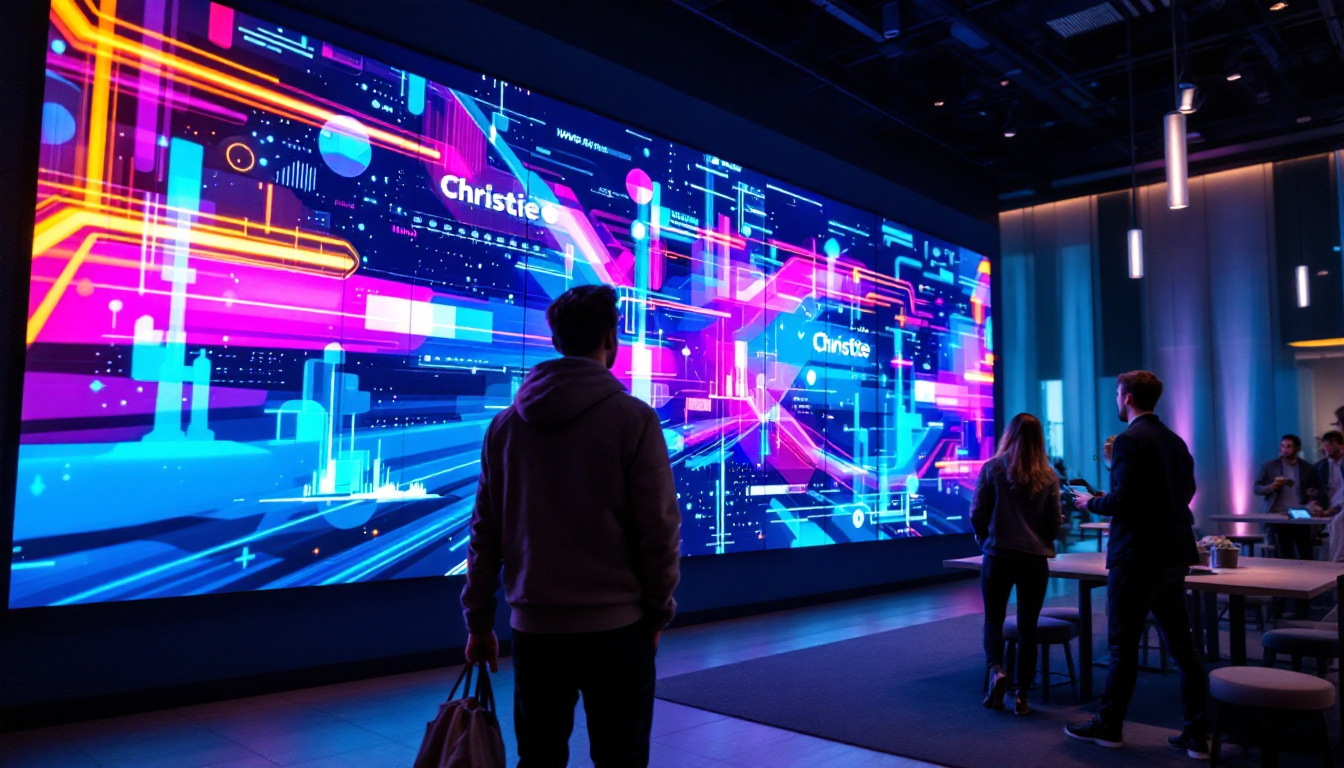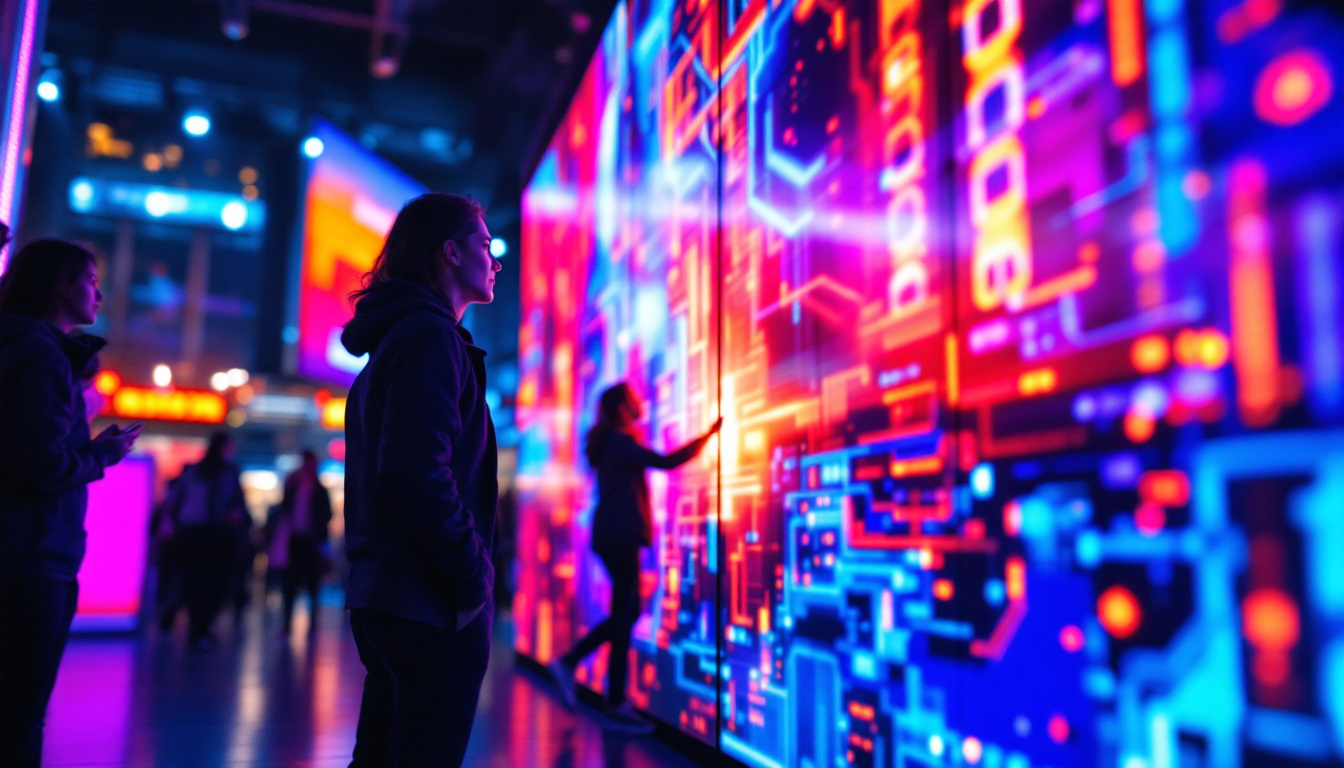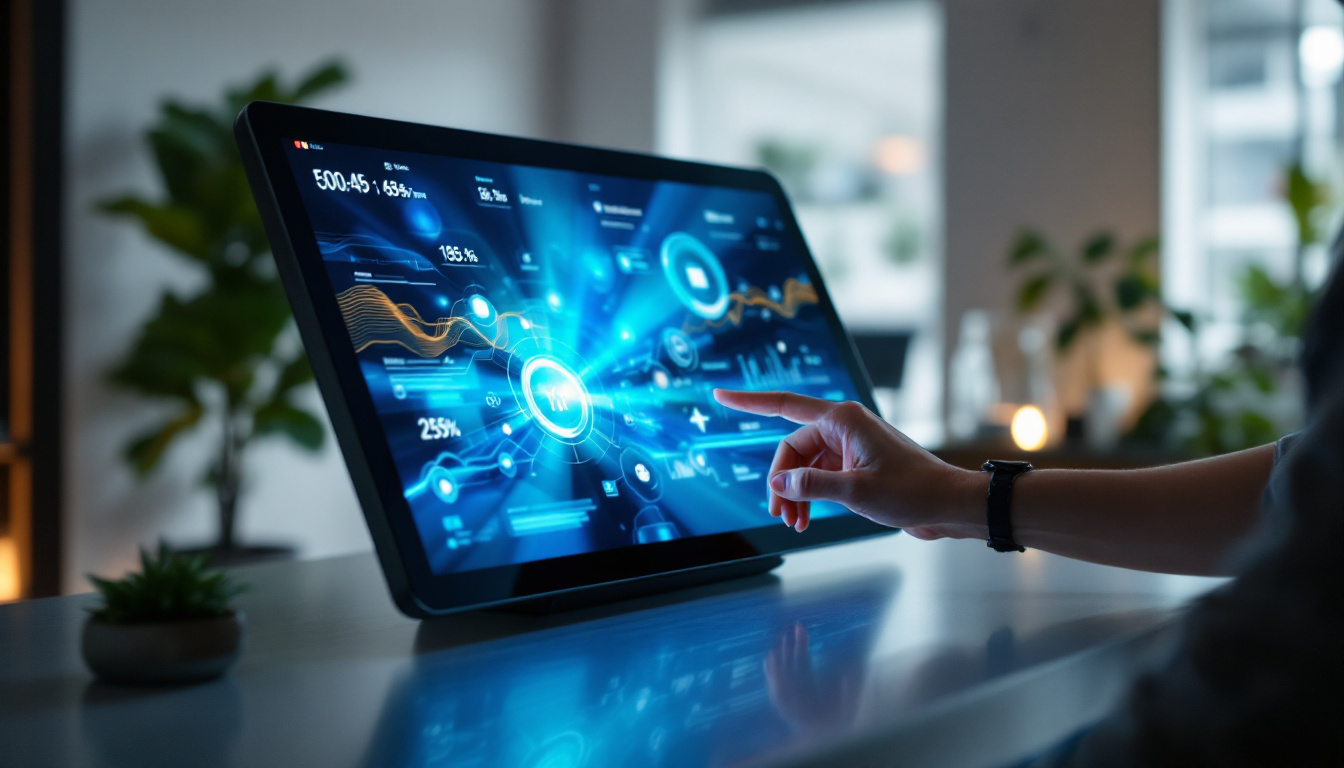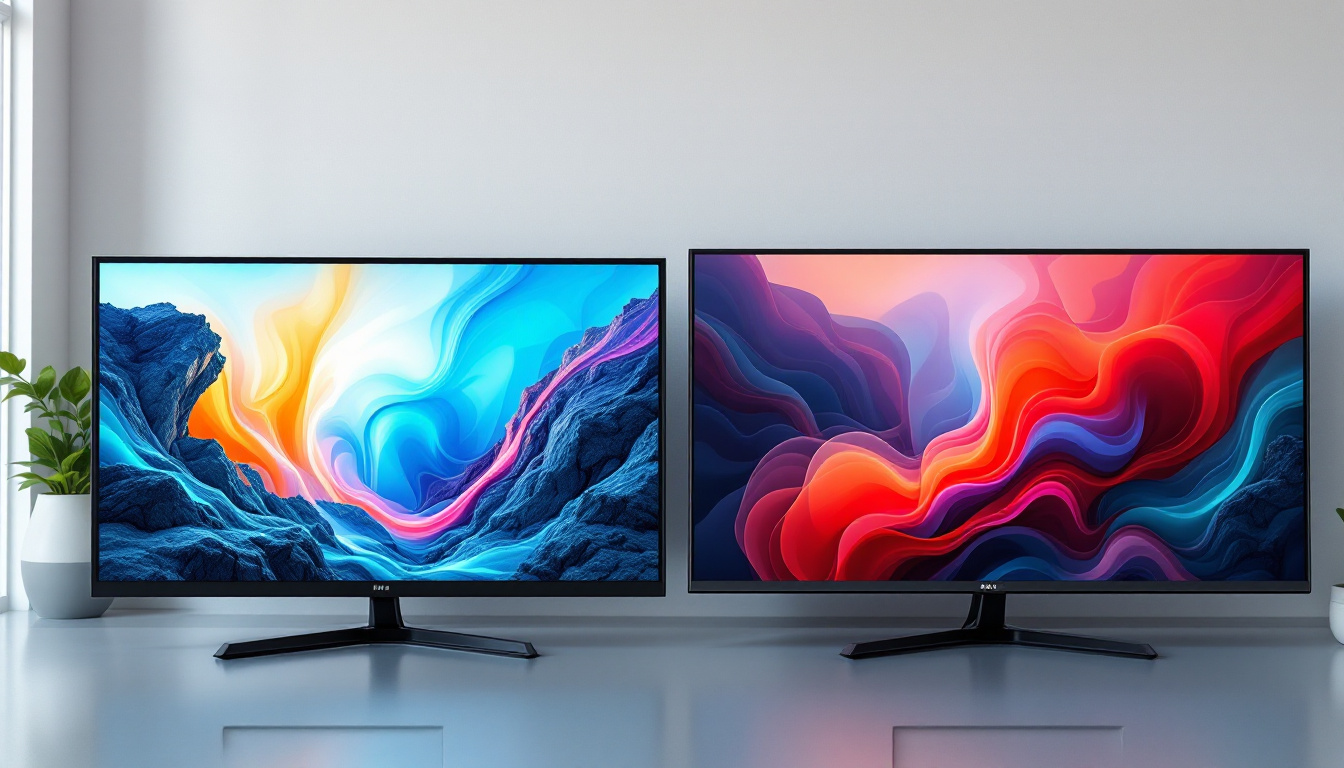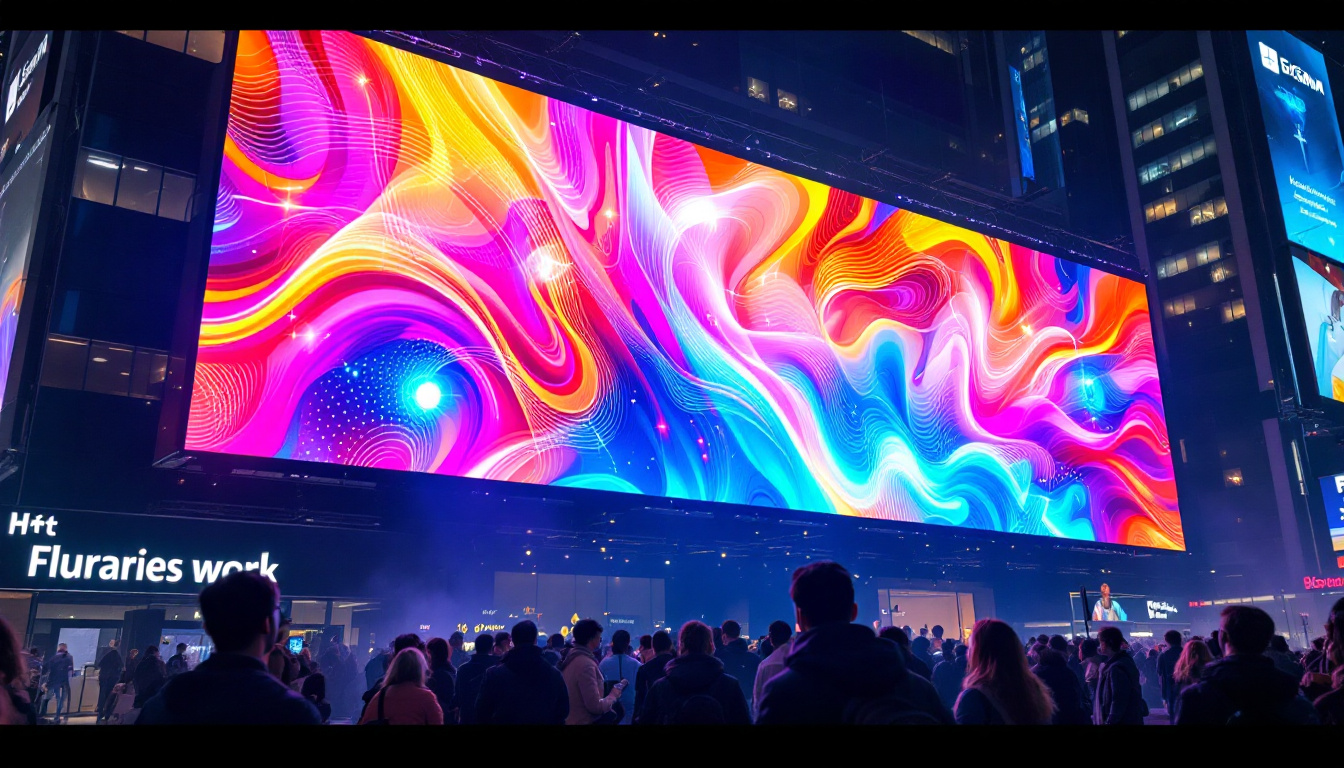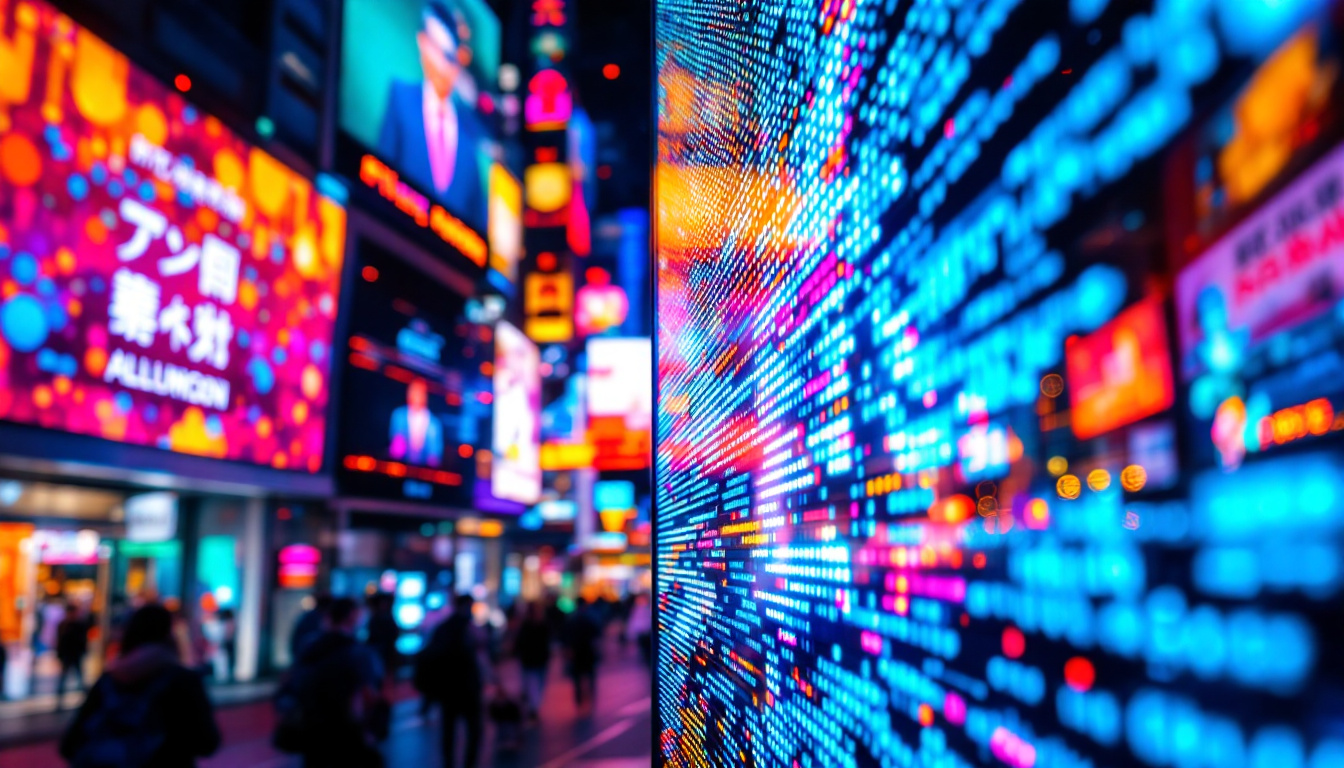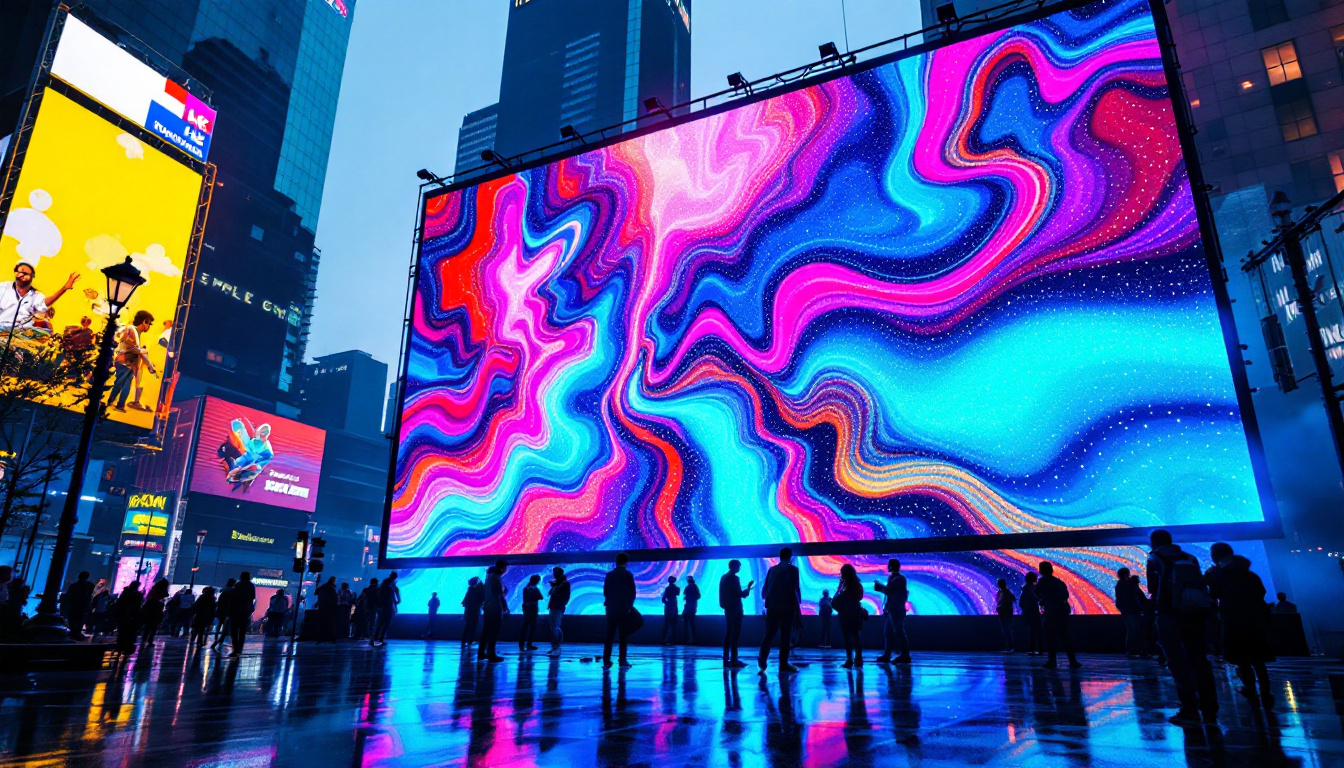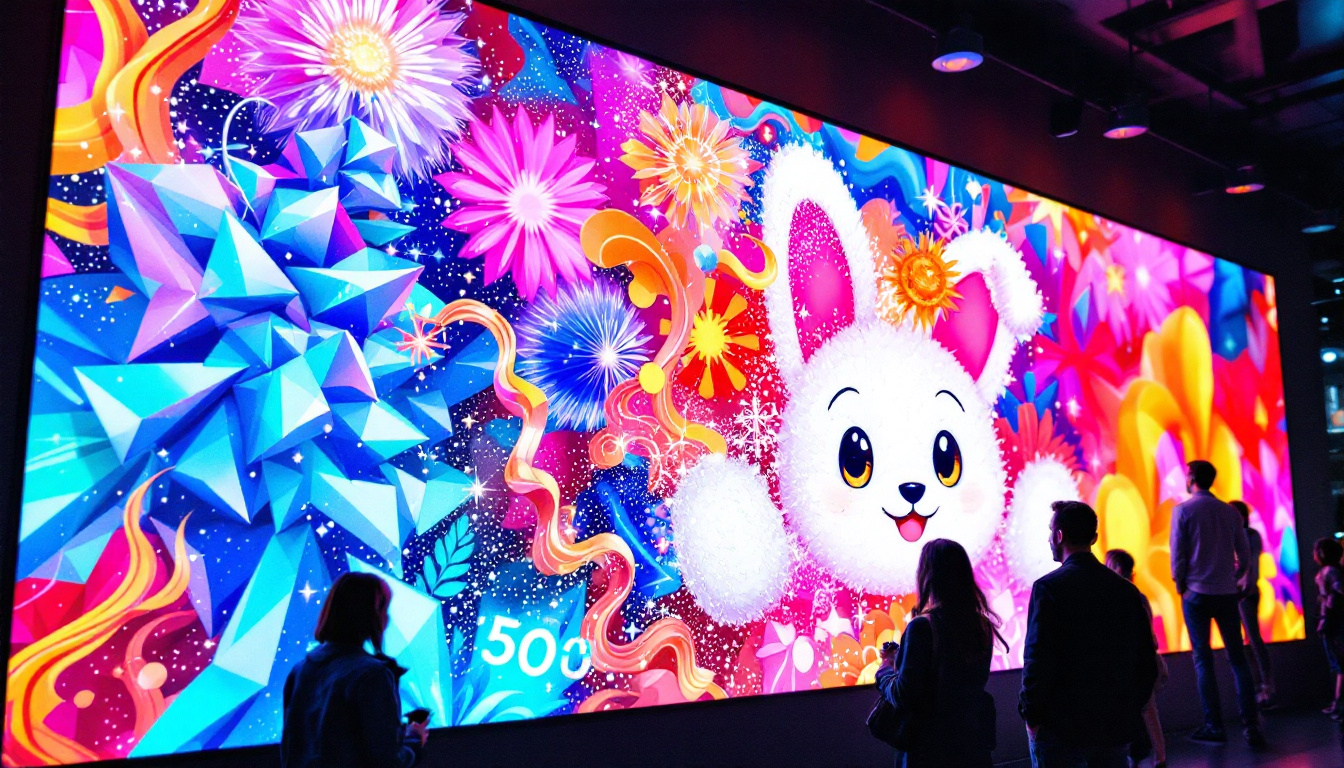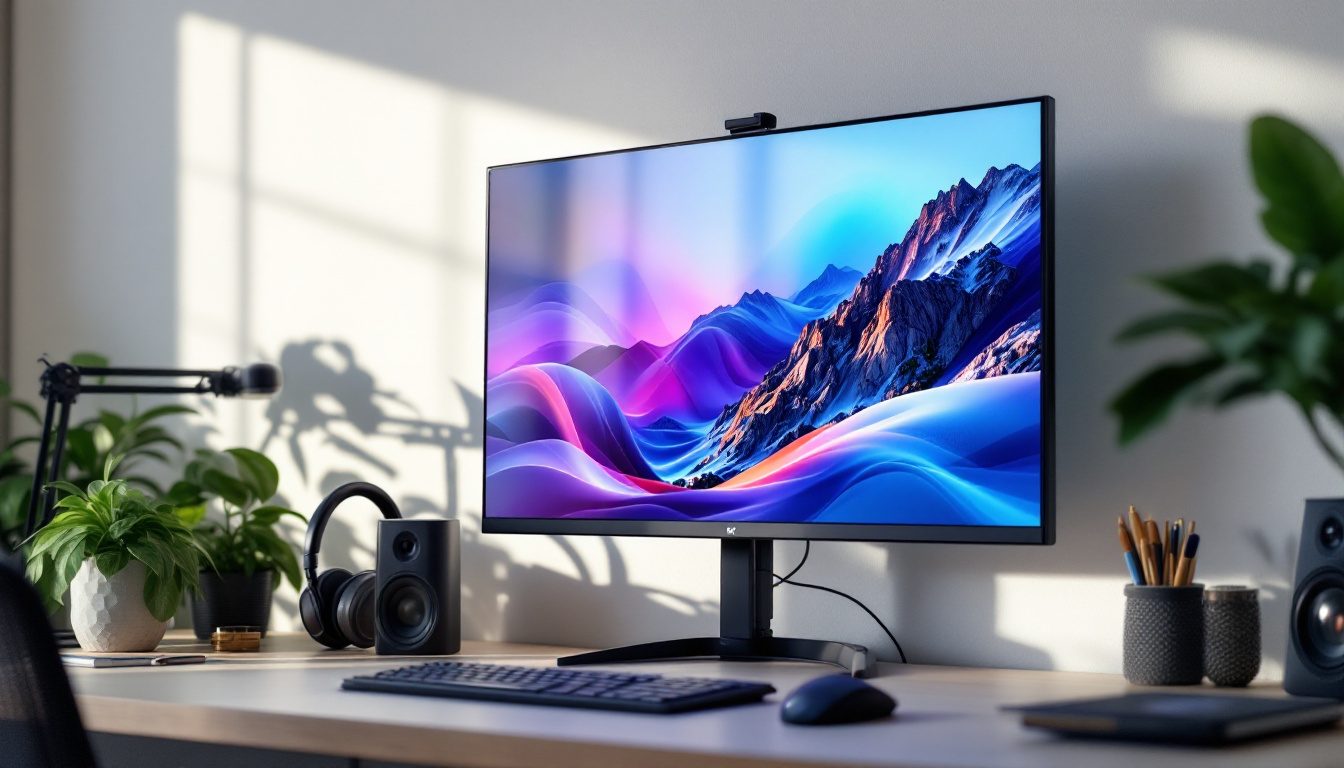In the world of visual technology, the demand for high-quality displays has significantly increased. One of the most popular options for indoor environments is the LED projection screen. This article delves into the intricacies of LED displays, exploring their benefits, applications, and how they compare to traditional projection screens.
Understanding LED Technology
LED, or Light Emitting Diode, technology has revolutionized the way images are displayed. Unlike traditional projectors that rely on bulbs, LED displays use a series of tiny diodes to emit light. This fundamental difference leads to several advantages, including energy efficiency, longevity, and superior image quality. As a result, LED technology has become the preferred choice for both commercial and residential applications, transforming everything from advertising displays to personal entertainment systems.
How LED Displays Work
LED screens consist of an array of diodes that emit light when an electric current passes through them. These diodes can produce different colors by varying the intensity of the light emitted. The combination of red, green, and blue (RGB) diodes creates a full spectrum of colors, resulting in vibrant and dynamic images. This capability not only enhances visual experiences but also allows for more accurate color reproduction, which is crucial for professionals in fields like graphic design and video production.
In an LED projection screen, these diodes are arranged in a grid format, allowing for precise control over the brightness and color of each pixel. This technology enables high contrast ratios and deep blacks, making LED displays ideal for various applications, from home theaters to corporate presentations. Additionally, the rapid response time of LED technology ensures that fast-moving images are displayed without blurring, which is particularly beneficial for sports broadcasts and action-packed films.
Types of LED Displays
There are primarily two types of LED displays: direct view and projection-based. Direct view LED displays are composed of individual LED modules that create a seamless image without the need for a separate projector. On the other hand, projection-based LED screens utilize a projector to display images onto a specially designed screen that enhances the LED’s brightness and color accuracy. This versatility allows users to choose a setup that best fits their space and viewing needs.
Each type has its own set of advantages and is suited for different environments. Direct view displays are often used in large venues, such as stadiums and concert halls, where their brightness can cut through ambient light and captivate audiences. Conversely, projection-based screens are more common in home theaters and conference rooms, where they can be easily adjusted for optimal viewing angles and sizes. Furthermore, advancements in LED technology continue to push the boundaries of what is possible, with innovations such as flexible LED panels and ultra-thin designs that can be integrated into various architectural elements, offering even more creative possibilities for designers and consumers alike.
Benefits of LED Projection Screens
LED projection screens offer numerous advantages that make them a preferred choice for many users. Understanding these benefits can help in making informed decisions when selecting a display for specific needs.
Superior Image Quality
One of the most significant advantages of LED projection screens is their superior image quality. The ability to produce vibrant colors and deep blacks results in stunning visuals that captivate audiences. This quality is particularly beneficial for presentations, movies, and gaming, where clarity and detail are essential.
Additionally, LED displays provide a wider viewing angle compared to traditional projection screens. This means that viewers can enjoy a consistent image quality from various angles, making them ideal for larger audiences.
Energy Efficiency
Another notable benefit of LED technology is its energy efficiency. LED displays consume significantly less power than traditional projectors, leading to lower energy bills and a reduced carbon footprint. This makes them an environmentally friendly option for both residential and commercial applications.
Furthermore, the longevity of LED diodes means that they require less frequent replacements, further contributing to their cost-effectiveness over time.
Versatility and Flexibility
LED projection screens are incredibly versatile, suitable for various applications ranging from home theaters to corporate environments. They can be used for presentations, video conferencing, and even live events, adapting to the needs of the user seamlessly.
Moreover, many LED screens are designed to be portable, allowing for easy transportation and setup in different locations. This flexibility is particularly advantageous for businesses that require mobile solutions for their presentations.
Applications of LED Projection Screens
The versatility of LED projection screens opens the door to a wide range of applications. Their ability to deliver high-quality visuals makes them suitable for diverse environments.
Home Theater Systems
For home theater enthusiasts, LED projection screens provide an immersive viewing experience. The vibrant colors and sharp details enhance the enjoyment of movies, sports, and gaming. With the ability to create a cinematic atmosphere, these screens are a popular choice for dedicated home theaters.
Many users appreciate the option of retractable screens that can be hidden when not in use, maintaining the aesthetic of the room. This feature, combined with the superior image quality, makes LED projection screens an attractive addition to any home entertainment setup.
Corporate Presentations
In the corporate world, effective communication is crucial. LED projection screens facilitate this by delivering clear and engaging presentations. The high brightness levels ensure that visuals remain visible even in well-lit rooms, making them ideal for conferences and meetings.
Additionally, the ability to connect to various devices, including laptops and smartphones, allows for seamless integration into any presentation setup. This ease of use enhances productivity and ensures that presentations run smoothly.
Live Events and Entertainment
LED projection screens are also widely used in live events and entertainment settings. Whether for concerts, festivals, or sporting events, these displays can capture the attention of large audiences. Their brightness and clarity ensure that visuals are impactful, even from a distance.
Moreover, the modular nature of LED displays allows for creative configurations, enabling event organizers to design unique visual experiences that enhance the overall atmosphere of the event.
Comparing LED Projection Screens to Traditional Projection Screens
When considering an investment in a projection screen, it’s essential to compare the benefits and drawbacks of LED displays against traditional projection screens. Understanding these differences can help in making an informed decision.
Brightness and Clarity
One of the most significant differences between LED and traditional projection screens is brightness. LED displays typically offer higher brightness levels, making them suitable for various lighting conditions. Traditional projectors, on the other hand, may struggle in well-lit environments, leading to washed-out images.
Additionally, LED screens maintain image clarity over time, whereas traditional projectors can suffer from image degradation as the bulb ages. This longevity ensures that LED displays provide consistent performance throughout their lifespan.
Installation and Maintenance
Installation and maintenance are other critical factors to consider. LED projection screens often require a more complex setup due to their modular nature, while traditional screens are generally easier to install. However, the maintenance of LED displays is typically lower, as they do not require bulb replacements and have a longer lifespan.
Ultimately, the choice between LED and traditional projection screens will depend on the specific needs and preferences of the user. Each option has its strengths, and understanding these can aid in making the right decision.
Choosing the Right LED Projection Screen
Selecting the right LED projection screen involves considering various factors, including size, resolution, and intended use. Here are some essential tips to guide the decision-making process.
Screen Size and Aspect Ratio
The size of the screen is crucial for achieving the desired viewing experience. Consider the space available and the distance from which viewers will be watching. A larger screen may be necessary for bigger rooms or larger audiences, while smaller screens may suffice for intimate settings.
Additionally, the aspect ratio is an important consideration. Common aspect ratios include 16:9 for widescreen content and 4:3 for traditional formats. Choosing the right aspect ratio ensures that content is displayed correctly without distortion.
Resolution and Image Quality
Resolution plays a vital role in the overall image quality of the display. Higher resolutions, such as 4K, provide sharper and more detailed images. For applications that require high-definition visuals, investing in a higher resolution LED projection screen is advisable.
Furthermore, consider the color accuracy and contrast ratio of the screen. These factors significantly impact the visual experience, especially for applications like home theaters or professional presentations.
Budget Considerations
Finally, budget is a critical factor when selecting an LED projection screen. Prices can vary significantly based on size, resolution, and brand. It’s essential to establish a budget that aligns with the desired features and quality.
While it may be tempting to opt for the cheapest option, investing in a high-quality LED display can lead to better performance and longevity, ultimately providing better value over time.
Conclusion
LED projection screens have transformed the way visuals are displayed, offering superior image quality, energy efficiency, and versatility. Their applications span across home theaters, corporate environments, and live events, making them a popular choice for various users.
When comparing LED displays to traditional projection screens, the advantages of brightness, clarity, and lower maintenance costs become evident. By considering factors such as screen size, resolution, and budget, users can make informed decisions that align with their specific needs.
As technology continues to evolve, LED projection screens will likely remain at the forefront of visual display solutions, providing users with engaging and immersive experiences for years to come.
Discover the Future of Visual Display with LumenMatrix
Ready to elevate your visual experience with the latest in LED display technology? Look no further than LumenMatrix, a pioneer in crafting cutting-edge LED solutions that bring your content to life. From vibrant Indoor LED Wall Displays to dynamic Outdoor LED Wall Displays, and from versatile Vehicle LED Displays to innovative LED Sports Displays, LumenMatrix offers a wide range of products designed to captivate and engage. Whether you’re looking to create an immersive home theater, enhance your corporate presentations, or make a statement at live events, our LED display modules are tailored to meet your needs. Check out LumenMatrix LED Display Solutions today and join the revolution in visual communication.

